“I really hate this subject! No information from its textbook goes inside my head.“
“I wish the exam were held only to test my favorite subject. Then, I could easily score a perfect.“
Don’t these words sound familiar?
We all have gone through this moment. For some long-expression of mathematics whereas for other, complex rules of grammar is difficult to grasp. Then again, we find some of our classmates who are excellent at it, despite being taught by the same teacher and going through the same study material. This raises an obvious question –
What makes someone bad or good at a subject?
Author Barbara Oakley in this book provides a detailed answer to this question. This book is packed with practical and simple techniques to master any subject (especially in maths and science), even if you disliked or stubbornly ignored it earlier.
This book is also useful for those who are already interested in a subject and wanted efficient ways to master it. In this article, like any other book summaries presented in Talking Concept, I present to you a brief summary and lessons that I have gathered from it.
Focused & Diffused Mode of Thinking
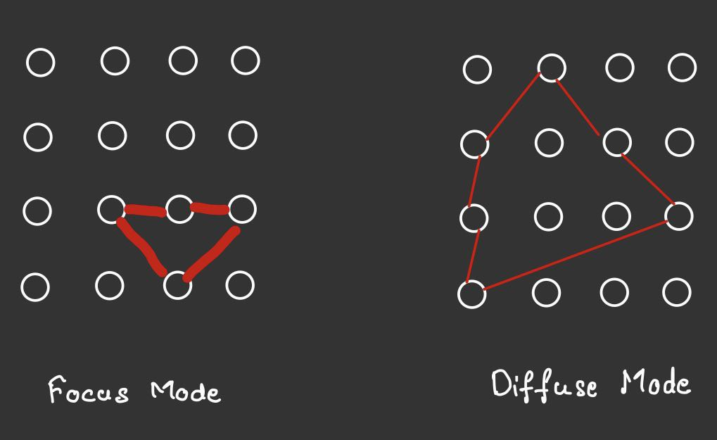
We can classify our way of thinking into two groups. That is, either we are in a highly attentive state or in a more relaxed state of thinking. We can call these two distinct modes, focused and diffused modes of thinking.
The focused mode of thinking is associated with our concentration abilities that narrow down the focus to a point. Whereas, the diffused mode of thinking involves working on the big-picture perspective of the thought process. It happens when we relax our attention and just allow our minds to wander naturally.
When solving problems, our brain naturally sets itself to an old neural pattern(thinking pattern) to reach the solution. In case, when we are learning something new, the required neural pattern is not there. Thus, we have to create new patterns.
Author Barbara Oakley says that If we are trying to understand or figure out something new, rather than trying too hard in the focused mode; switch our mind to diffused mode and allow it to relax and think naturally. This switching of modes from focused to diffuse and back forth is key to learning and being creative in your subjects.

The prolific inventor, Thomas Edison, while working on difficult projects, often switches from a focused to a diffused mode of thinking by taking a small nap. Many famous writers, such as Jane Austen, Carl Sandburg, and Charles Dickens, choose a frequent long walk to do the same.
As constantly heavy weightlifting won’t make your muscles grow overnight. Rather muscles require time to rest and grow naturally. Similarly, with our brains, new neural patterns would not form instantly. Mixing relaxing breaks in between intense study sessions does the trick.
Using Chunk
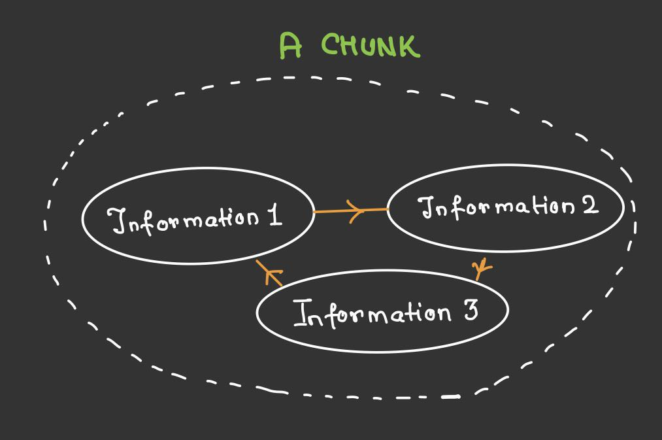
Author Barbara Oakley defines chunks as pieces of information that are bound together through meaning.
One of the initial steps toward gaining expertise is to create these conceptual chunks. It is an efficient way to utilize our brains and spare the finer details. Of course, once you got hold of the underlying principle and form a chunk. You can use it to dive deeper into the subject or problem whenever you want.
Steps for creating Chunks
- Be focused and specific only to the information you wanted to make a chunk of. For example, when understanding a concept related to probability, turn off your attention to non-related fields like “what’s happening in the world today, let’s check it on the internet“.
- Only chunk out the very basic ideas or concepts, and leave(for now) the finer details generated from them. Here a bit of creativity is required. Thus, switch your thinking back-forth into focused and diffused mode and clearly understand the material. Understanding acts like a super glue that helps hold the underlying memory traces together.
- Lastly, you need to gain more insight from the chunks you have created and go beyond to see more broadly. The practice problems are the best in achieving this.
As a practical example to utilize this entire process consider this. When a new material is presented to you, carefully skim through the chapter or lecture notes. Make a broad outline or flowchart of the topics you need to cover. This will allow you to have the big-picture of the entire material. Next, go through each point and look for major highly inter-relatable concepts(chunks). At last, try practice problem to fill any loopholes in your concepts and review the chunks regularly.
Illusions of Studying
Re-reading textbooks or skimming through the solved problems are ineffective studying techniques. By following them, students think that they are understanding the subject. And its core concepts are stored in their brain. However, this is not the case.
To be able to recall the material when you are trying to learn; is far more effective than any other studying technique. Thus, try to solve work-out problems provided by the professor or textbook on your own. Avoid looking to the solved solution except when you want to cross-check your answer.
Taking tests is a powerful method to get out of the Illusion of studying. Giving regular and careful craft test provide necessary feedback and a solid foundation of chunks.
Importance of Spaced Repetition
Understanding the underlying concept is just not enough. We have to remember and keep accumulating the nuance of the subject as time passes. Such that, when encountering an unseen difficult problem, our brain can form a newer neural pattern with already accumulated chunks. This explains, why people with more experience in a particular subject tend to solve difficult problems easily and with some creativity.

Spaced Repetition is a method to exercise recalling material before it starts to fade in our memory. For example, you chunked the formulas of standard Integration results. Set it to recall these formulas after 3 days. Again, recall these formulas after 7 days. The idea is to use exercise recall, the moment chunks start to fade in our memory.
Using effective studying techniques and spaced repetition led to the creation of a large chunked mental library. Hence, more chance of achieving expertise in a subject. The Author describes this as the Law of Serendipity that Lady Luck favors the one who tries.
Procrastination

Similar to a slow poison, procrastination does not show its true effect immediately. But in the long run, its outcome can be devastating. We generally procrastinate about things that make us feel uncomfortable. And procrastinating does make us feel good, but only temporarily.
It is common for students to start studying and in between they found something very difficult or got bored. Then they switch their focus on checking their phone and end up chatting with a friend for hours. This is a typical case of procrastination.
Procrastination is like addiction, and it is easy to fall into it. When we avoid difficult(yet important) tasks with something pleasurable to our minds and sense. We develop a zombie-like response and unthinkingly keep wasting our time on low-value tasks. For students, procrastination can cause higher stress, worse health, and lower grades. And with time, this habit becomes entrenched to the point that fixing it can feel hopeless.
How to overcome procrastination?
Though it is very difficult to completely eliminate procrastination from our life. But it is feasible to bring its adversities to a bare minimum. Author Barbara Oakley explains many techniques to counter-attack these evil habits. Some main points are:
1. Know about your procrastination habit – Sometimes students blame others for performing poorly in their subjects. And wouldn’t admit that it was their own procrastination habit that was responsible for poor performance. Thus, the first step to overcome procrastination is to clearly identify this habit. What are its clues, when you procrastinate, and how much time this habit consumes?
2. Keep track of your tasks and time – Rather than making a big general task and start working on it. Pause and carefully think of three micro-tasks that you can do in the next hour or so. Then start the Pomodoro timer and engage yourself into work.
When a difficult and predictably daunting task are presented in front of us. Divide the task into smaller tasks and go ahead bit by bit. After you complete a smaller task, celebrate it and reward yourself with a break then again move ahead.
3. Planning and Routine – Planning the tasks the night before or in the morning automatically sets the goals in your mind. As a result, when you finish up one task you know what is the next thing you need to do. Don’t despair, if you fail performing your planned task in the day. Again try to stick to the plan next day; improvement will slowly come to you.
There are some repetitive and important task we have to perform every day. For example, doing morning exercise, cleaning the room or water the plants etc. For these tasks, create a routine and commit yourself to it.
4. Choose your environment – It is certainly difficult(or even impossible) to study in a noisy and distracted place. Create a study environment free from any distraction or sit in the quiet corner of the library.
5. Relaxation – After gaining some victory over procrastination, you will be working more in your focused mode. Thus, reward yourself with sufficient time to rest and relaxation.
Enhance Your Memory

Understanding the core concepts of a subject is important. But mere understanding the material alone does not guarantee good results. It is common for a student to perfectly understand the concepts taught in the class. Although, if steps are not taken to makes these understanding store in your long-term memory, it will be hard to recall them again in the exam day. Thus, we need good memory and hence follow some kind of memorization technique.
There are many standard memorization techniques to memorize large things. Among them, the most powerful is the memory palace technique. The central idea of this technique is to use already know series of images(like stuffs in your living room) and related it with things you wanted to remember.
Using metaphor or blending the subject material into fictions story also help immensely.
Also Read: Unlimited Memory By Kevin Horsley: Book Summary and lessons
Sculpting Your Brain
In the childhood days, Santiago Ramón y Cajal ignored his studies especially Mathematics and Science and thought it was useless. There was only one passion for him and that was Art.
Who had ever imagined that this boy later in his life will not only win the Nobel Prize, and also earn the title of father of modern neuroscience?
Students are quick to conclude that their brain is not created to learn certain subjects. However, it is false. Taking Cajal’s life as an example, we can say that anyone can master the subjects, which they initially disliked or thought incapable.
As author explains,
Reshaping your brain is under your control. The key is patient persistence – working knowledgeably with your brain’s strengths and weaknesses.
Working knowingly with our strengths and weakness is the core idea of performing deliberate practice. This allows us to strengthen or (even) rewire the neural circuits, hence making us good at it.
Need for Teamwork
Working alone have some straight disadvantages. The prominent one being that you can easily commit blunder as there is no one else to cross-check.
It is common for a student to claim their answer to be perfectly correct, even though it is not. If you are learning the material for the first time, occurrence of certain loopholes in your understanding is inevitable. Again, if you never allowed your teachers or peers to give a peek your mind’s chunks. You may remain in illusion that whatever you knew is correct.
This famous quote from Richard Feynman is the best to describe the situation,
The first principle is that you must not fool yourself – and you are the easiest person to fool.
Physicist Richard Feynman
When studying much larger and complex subject like, Engineering subjects, such incident becomes more common. Thus allow yourself to form small study groups. In these study groups, whether you are giving or receiving criticism related to understanding will be immensely beneficial.
Good Studying Techniques
Common complaints from the student is that they have given their 100%, yet they end up in average performance. This happens because studying have being practising bad studying techniques, which are not effective, and consumes your time. As a result, students often perform below their true potential.
The Author provides us with the list of good studying techniques that students should follow to achieve maximum learning. From that list, my top four good studying techniques are:
- Recall & Test-Taking – Just staring the information from your textbook or lecture notes does not do any good to your learning. The best way to master your understanding is by recalling the material after some regular time interval. It is called spaced-repetition. One of the most effective ways to practice spaced-repetition is by giving regular Tests or using flash-cards.
- Chunking and Key Problems – Certain key concepts(chunks) and problems can easily get connected to others. They also form the base understanding of your subject. Search these while you are going through the material and keep relating it to previous chunks you had in the past.
- Reduce less effective manual works – When you practice a particular type of problem, do not solve the same type for extended time. Either look for a different type of problems or rework the previous problem with a different approach. To be effective and utilize the most of your study time, use a variety of problem types and force your brain to think creatively. In short, make sure you are using your brain and not in an automatic mode.
- Focus & Breaks – Set aside fixed time for your studies. For example, few hours in the morning and few hours in the night. When you are in your study mode, eliminate any form of potential distraction. Try to work for a straight 30-35 minutes and then take a rewarding break(like listening to music). Then again, get back to work and reward yourself for your focused work. Continue the cycle of work-break-work till you have finished your planned work. This method of studying is called pomodoro techniques. It is very useful for long work stretches and eliminate procrastination.
Also Read: How to use the Pomodoro Technique?
Final Thought
Your brain has amazing abilities, but it did not come with an instruction manual.
Terrence J. Sejnowski, professor at Salk institute for Biological Studies
Often students are quick to judge about their abilities to learn and mastering subjects. It is very common to hear from students saying that I don’t have a maths brain or science brain or something like this.
Author Barbara Oakley herself lived in the same belief. During her initial schooling, she wasn’t good at Mathematics and Sciences, but was brilliant in languages, particularly Russian. As a result, she got her first job as Russian Linguists. But later in career, she made a courageous decision to attend Engineering school. She started learning mathematics and engineering subjects in which she was bad from the beginning,
However, after overcoming the initial difficulties, she gradually started making progress and things became easier with time. So much that, she enjoyed solving difficult problems and aced in tests.
She successfully earned her bachelor’s degree in Electrical Engineering and then a master’s in electrical and computer science engineering. Finally, she got a doctorate in system engineering, with a broad background that included thermodynamics, electromagnetic, acoustic, and physical chemistry. Presently, working as a Professor of Engineering.
Barbara’s accomplishment itself sets an example of the fact that – one can rewire their brain if they desire to do so. A Mind for Numbers is full of scientifically proven (yet practical and simple) ways to learn anything. I highly recommend this book to anyone to wanted to learn. The lessons one can gather from these books are not just limited to students.
Discover more from talkingconcept.com
Subscribe to get the latest posts sent to your email.
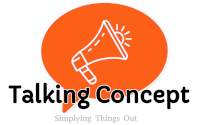
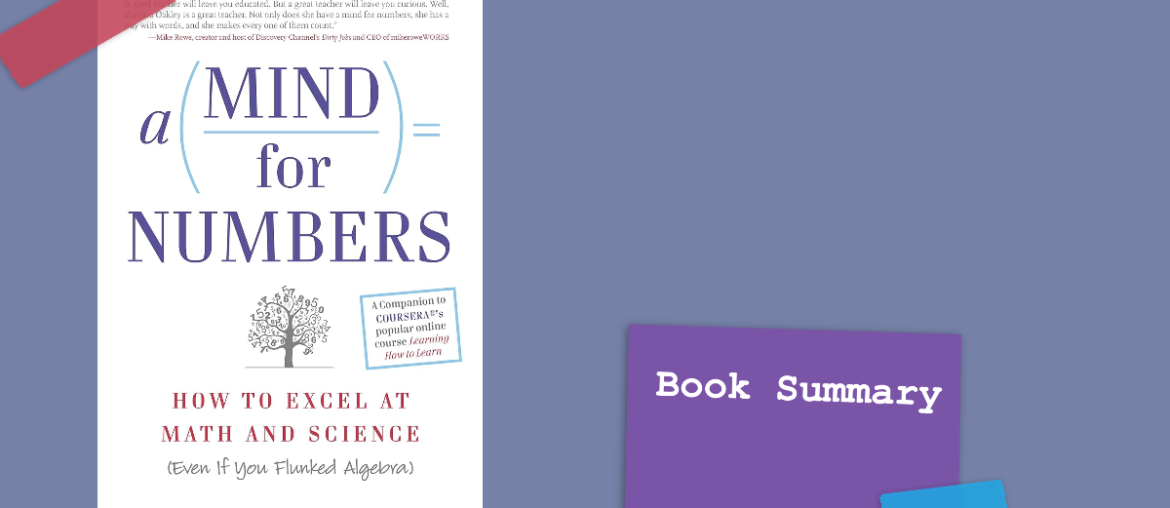
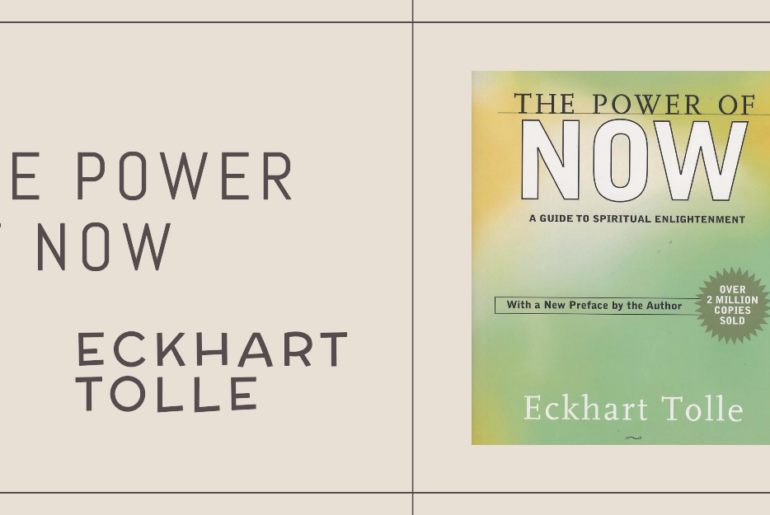


1 Comment
Very important article, i wish it was taught in schools.